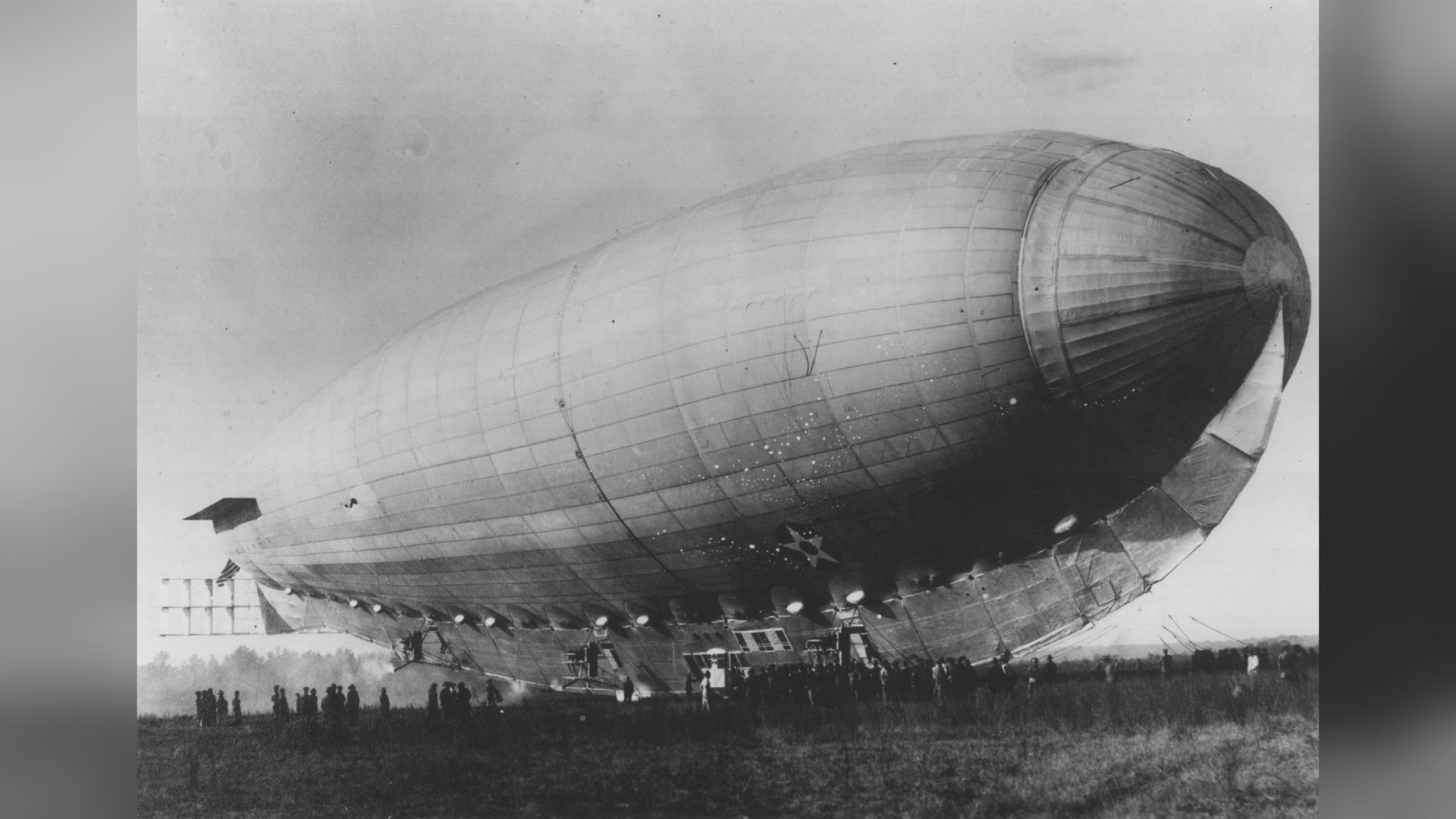NORFOLK, Va. (WVEC) -- Nancy Sheppard is a local historian shining a light on a forgotten disaster. It’s a history lesson that every person in Hampton Roads should hear.
“It spent 95 years being forgotten,” she said.
In 1922, the hydrogen airship Roma was on a test flight from Langley Field. A major malfunction forced the giant gas bag down, smashing into what is now Norfolk International Terminals.
“Thirty-four of the 45 men on board perished,” said Sheppard.
Despite the loss of life, the crash was overshadowed, sandwiched between World War I and World War II. Even as a historian, Sheppard had never heard of the crash until 2012.
“It bothered me that these men were never given any sort of honor for their sacrifice in the line of duty,” she said.

Over the past five years, Sheppard has collected relics from that time, and she even written a book on the crash.
Three weeks ago, she also received good news from the Department of Historic Resources: this coming February, a historic highway marker that Sheppard applied for will go up near the site of the crash.
It means the public will get a daily reminder of the once-forgotten disaster.
“It’s never been about me,” said Sheppard. “It’s been about them, and it’s been an honor bringing them back to life.”
The text for the marker, which will go up on the corner of Terminal Boulevard and Hampton Boulevard, will read as follows:
Airship Roma Disaster
The U.S. Army dirigible Roma crashed and exploded just west of here during a test flight on 21 Feb. 1922. The crash, the deadliest involving a U.S. hydrogen airship, killed 34 of the 45 officers, crewmen, and civilians on board. Roma, purchased from the Italian government, was based at Langley Field in Hampton and had been plagued with troubles since arriving in the United States in 1921. An investigation blamed the heavy loss of life on the use of hydrogen, a highly inflammable gas. After 1922, U.S. airships were inflated with helium. In later years, the story of Roma was largely forgotten.

